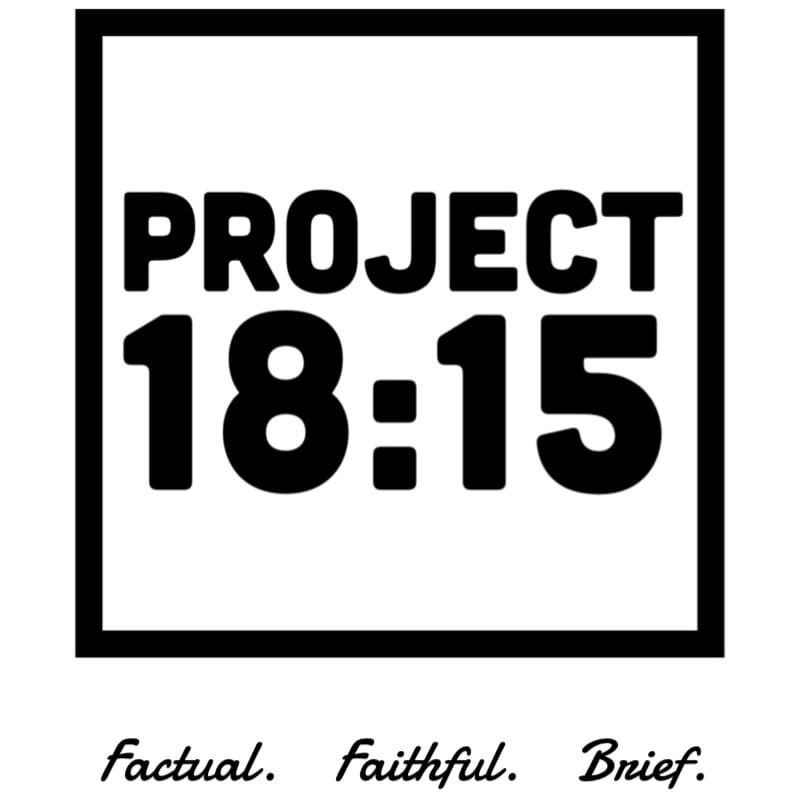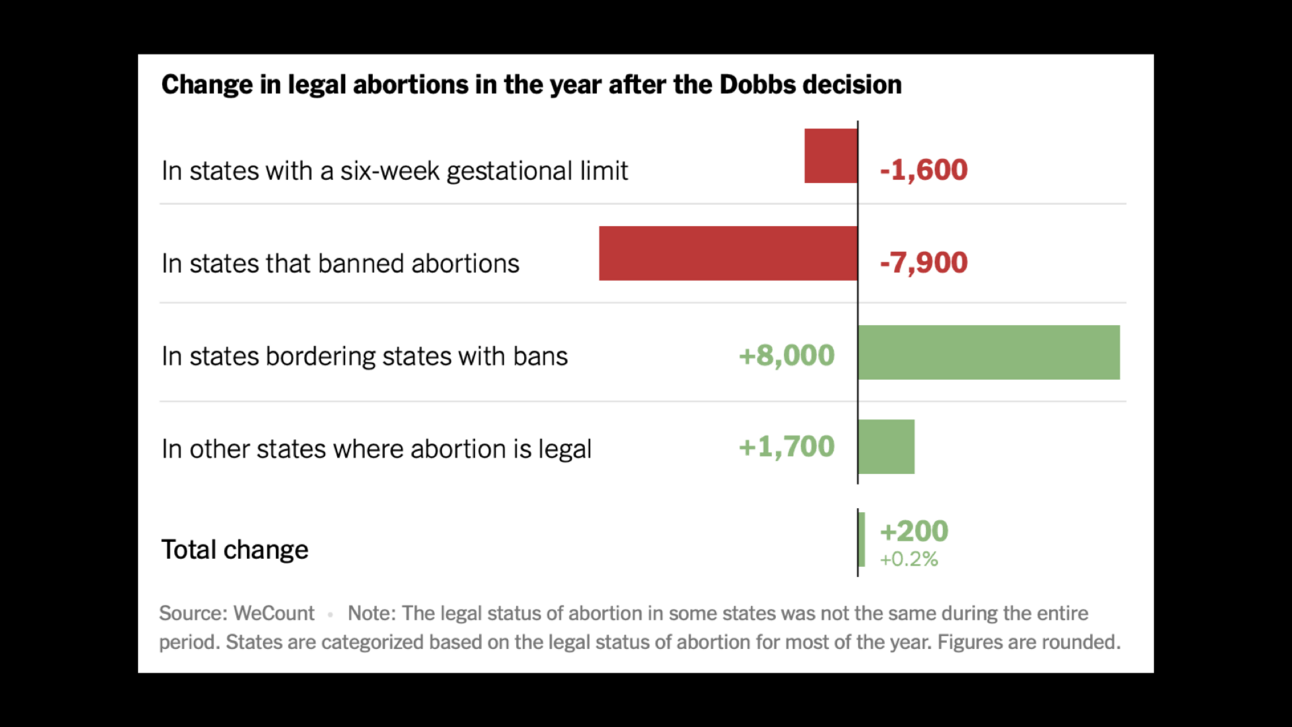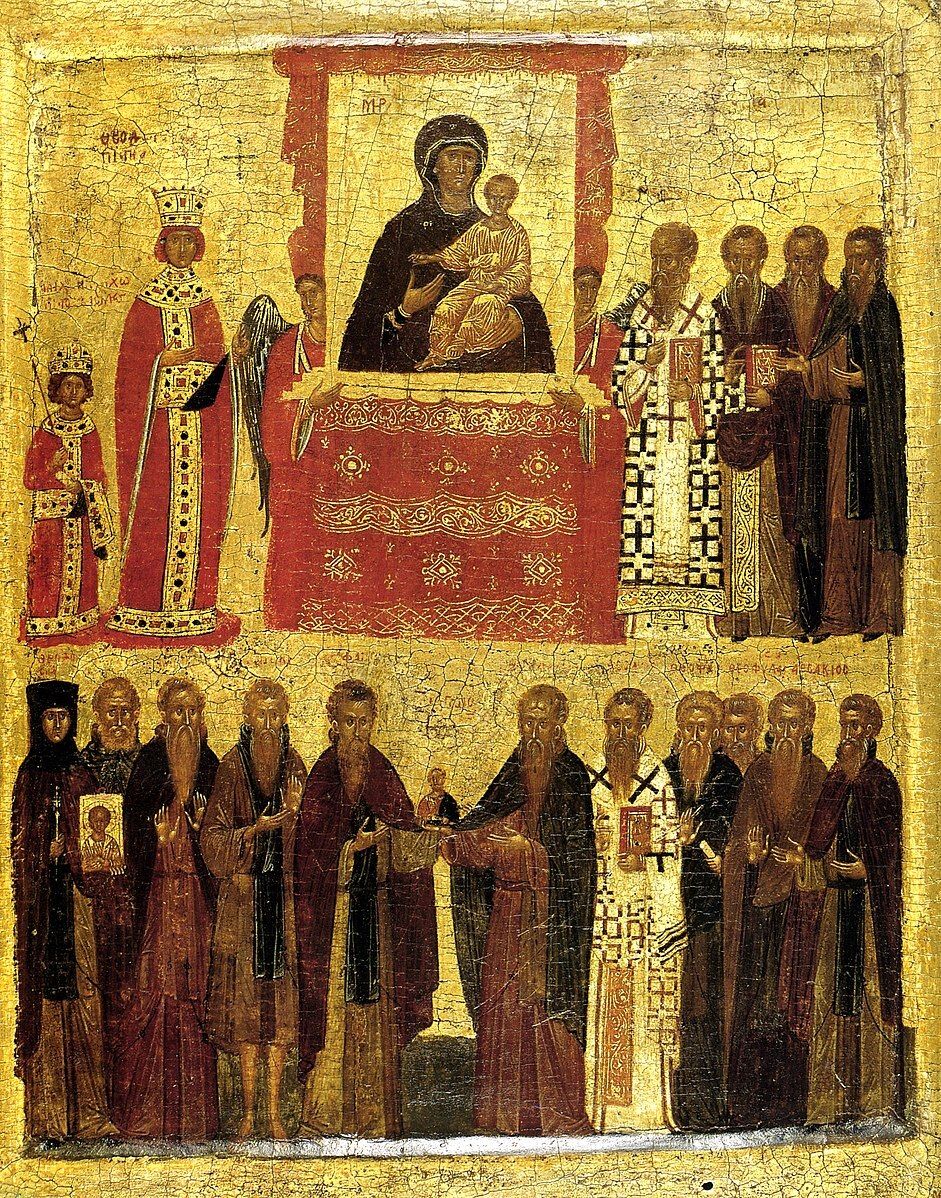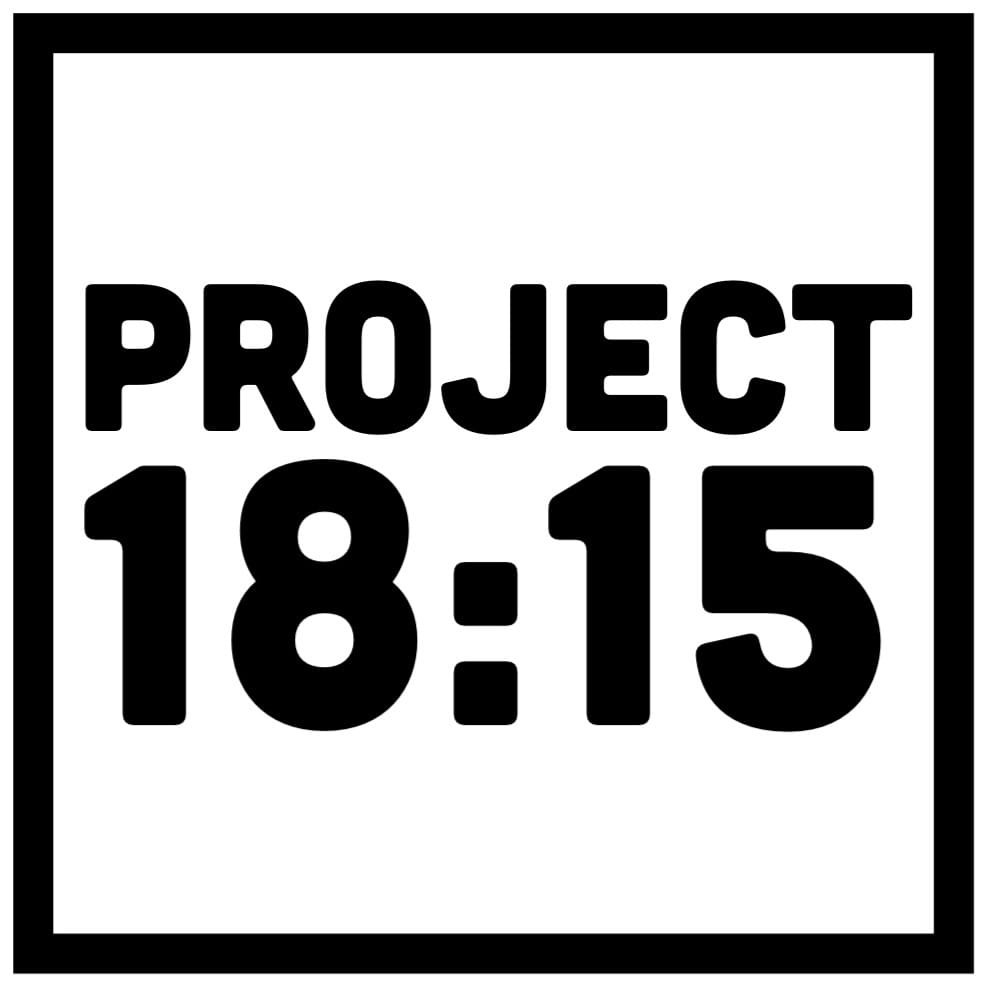
It's Saturday, October 28, 2023.
Today’s edition covers a new worldwide study on loneliness, a controversy over the latest abortion numbers, a tip for interpreting the Bible, and much more.
Here’s your weekly helping of knowledge nuggets.
Of Christian Concern
NEARLY A QUARTER OF THE WORLD IS LONELY, NEW STUDY FINDS

Photo: Bob Price
A recent survey by Gallup and Meta found that nearly one fourth (24%) of the world population feels “very/fairly lonely.” The real number may in fact be higher, the researchers say, since the survey of over 140 countries did not include the second most populous nation, China.
Nearly half (49%) of respondents said they were “not at all lonely,” while the remaining 27% said they were “a little lonely.”
Which age group was loneliest of all? Young adults aged 19 to 29, 27% of whom feel very or fairly lonely. By contrast, the least lonely group was older adults aged 65 and up, with only 17% feeling very or fairly lonely. In fact, the majorities of adults 45 and up said they aren’t lonely at all.
Why this matters: for one, loneliness is a significant health factor. “Research shows that loneliness is associated with elevated risk for a wide range of physical and mental health conditions,” Gallup observes.
Those health conditions include heart disease, stroke, type 2 diabetes, rheumatoid arthritis, and cancer, according to researcher Andrea Wigfield et al. It has been compared to smoking 15 cigarettes a day or having six alcoholic drinks a day, and exceeds risk factors like physical inactivity and obesity.
In an article for Desiring God, Jon Bloom argues that Jesus Christ, perhaps “the loneliest human in history,” destroys loneliness. Read that here.
ABORTION NUMBERS ARE DOWN — ALSO, THEY’RE UP

Screen grab from the New York Times’ Oct. 24, 2023 article, “Despite State Bans, Legal Abortions Didn’t Fall Nationwide in Year After Dobbs,” by Claire Cain Miller and Margot Sanger-Katz.
If you’ve seen recent headlines about abortion numbers, you may be confused. LifeNews reports, “Abortions Drop Almost 100% in States That Ban Abortions, Thousands of Babies Saved.” The New York Times (NYT), on the other hand, says, “Despite State Bans, Legal Abortions Didn’t Fall Nationwide in Year After Dobbs.”
Here’s what’s going on.
The pro-abortion Society of Family Planning has a reporting initiative called #WeCount, and they released their fourth report this week. According to an October 24 press release, they found that “nearly 115,000 fewer abortions were provided by clinicians in the 17 states where total or six-week abortion bans were in effect.” However, this is despite the fact that “abortions increased overall nationally.”
As the NYT article states, in the year after the overturn of Roe v. Wade, the total number of abortions actually “appeared to increase slightly, by about 0.2 percent.” The “legal abortion rate” was reduced “to near zero” in some states that “banned” it, but other states saw “large increases.”
Pro-lifers like Michael New have chimed in to argue that this data reveals pro-life laws are working. But abortion abolitionists like Abolition Women are quick to point out that the numbers counted do not include “the 5,000 increase PER MONTH in kill pill requests from Aid Access, which is only ONE provider of 19.”
For context, abortion pills are the leading method of abortion as of 2020, according to Guttmacher Institute. Earlier this year, abortion abolitionists demonstrated how easy it is to buy those pills online.
In sum, abortion numbers may be much higher than either mainstream media or pro-life leaders suggest, even in states that ban or restrict certain abortion methods. Despite those measures, there is no state in which abortion is entirely illegal.
Also Noteworthy
→ The Greek Orthodox church in Gaza was struck by Israel late last Thursday night, killing 18 of the 400 civilians, mostly Christians, sheltered inside. In an email newsletter update, missionary Hanna Massad, whose own aunt was killed in the attack, states that some Christian families have returned to their homes rather than shelter in the church, considering that no place in Gaza is safe.
→ A group of Palestinian Christian organizations published an open letter and a petition calling on Western church leaders and theologians to repent of their support for Israel. The call is unlikely to be answered.
→ The Anti-Defamation League reports a significant spike in antisemitic incidents since the October 7 Hamas attack in Israel, compared to the same period last year.
→ Gen Z prefers less sexual content in TV shows and movies, with a majority of adolescents wanting to see “more content centered around friendships and platonic relationships,” according to a new study by UCLA.
→ The National Hockey League (NHL) reversed its decision to ban Pride Tape, after receiving backlash.
→ A Roman Catholic priest in a Czech Republic village has apologized in an open letter for smashing a display of jack-o’-lanterns, which he called “symbols of the satanic feast of ‘Halloween.’” He explained his actions with an appeal to his “faith and duty to be a father and protector of the children entrusted to me,” but stated he would have done differently if he knew the pumpkins were carved by children, some of whom were reportedly sad to learn of the destruction.
Content Catch-Up
Recent, notable content by Christian creators.*
→ The Fight Is Worth Fighting and the Foe Is Worthy: In a new article this month, Author Jack Richardson IV reflects on the civilization-threatening difficulties that Christians face today, and he challenges shepherds to fulfill their high calling in our perilous times. (Article)
→ Christians and Israel: Christians have been chiming in on the moral and theological implications of Israel’s war with Hamas.
Todd Friel of Wretched argues the war is bigger than people realize. (Video)
Erez Soref and Seth Postell of One For Israel argue that drawing moral equivalency between Israel and Hamas is immoral. (Video)
Jeff Durbin, Luke Pierson, and Zachary Conover of Apologia Radio comment on whether the Israel-Hamas relates to the Great Tribulation. (Video)
*Not necessarily an endorsement
The Bible, Briefly
What the Bible Doesn’t Say

Photo: Andrea Piacquadio
Here’s a tip for interpreting the Bible: if you rely too heavily on what it doesn’t say, you may find yourself in error.
A preacher once suggested that one way we can know Jesus’ prayer life was amazing is that His disciples asked Him to teach them how to pray (Luke 11:1)—after all, they never asked Him to teach them how to preach!
Question: do we know that Jesus’ disciples never asked Him to teach them how to preach? Just because it’s not recorded doesn’t mean it didn’t happen.
In fact, the book of John even specifically tells us that Jesus did a lot more than what is recorded. “Now there are also many other things that Jesus did. Were every one of them to be written, I suppose that the world itself could not contain the books that would be written.” (John 21:25)
When you make an argument based on what was not said, you can easily fall into the logical fallacy known as “the argument from silence.” That is, you may incorrectly claim that something is false merely because it wasn’t stated.
Everything the Bible says is true. But that doesn’t mean that what it doesn’t say isn’t true—unless what it doesn’t say contradicts what it does say.
So, to say, “Such and such didn’t happen,” or “Jesus or His disciples never said such and such” can be a perilous argument to make. It’s much safer to affirm what we know happened than to affirm what we don’t know didn’t happen.
Church History Tidbit
The Byzantine Iconoclasm: To Smash, or Not To Smash

“The Icon of the Triumph of Orthodoxy,” a late 14th-early 15th century icon illustrating the Triumph of Orthodoxy, portraying Byzantine empress Theodora (left of the Virgin) and Patriarch Methodios I (right of the Virgin) (Public Domain)
Iconoclasm (“icon-smashing”) is the rejection or destruction of religious icons and symbols. The Middle Ages (late 5th to late 15th century) saw two major periods of this movement, together called the Byzantine Iconoclasm. It’s called “Byzantine” because it occurred in the Byzantine Empire, also known as the Eastern Roman Empire, which outlasted the fall of the Western Roman Empire (c. AD 497) until 1453.
The First Iconoclasm (726-787) began under Emperor Leo III, who deemed icon veneration as idolatry. He banned their use and instigating a widespread icon destruction campaign. However, the Seventh Ecumenical Council in 787 halted this by affirming the significance of icons in connecting believers with the divine.
The Second Iconoclasm (814-843) was rekindled by Emperor Leo V in 814, lasting for 28 years until the ascension of Methodius I as the ecumenical patriarch. Methodius, an advocate for icons, ended the iconoclasm, marking "the Triumph of Orthodoxy." This event is celebrated annually in Eastern Orthodoxy on the first Sunday of Lent. Empress Theodora, who installed Methodius, is considered a saint in that tradition.
Further Reading
Saint John of Damascus emerged as a prominent advocate for icons within the Eastern Church. He argued that icon veneration is distinct from worship. You can read an excerpt from his defense of image-veneration here.
What did you think of today’s edition?
♥️ Love it!
More Christians should know more. Spread the knowledge.




Have some feedback for me? Reply to this email with comments or suggestions. I’d love to hear from you!
Why "18:15"? The name Project 18:15 is based on Proverbs 18:15: “An intelligent heart acquires knowledge, and the ear of the wise seeks knowledge.” The aim is for this weekly email—a Christian news briefing, a Bible study, and a Church history lesson rolled into one—to be one way you keep abreast of current events and acquire knowledge you might not acquire elsewhere.
Unless otherwise indicated, all Scripture quotations are from The ESV® Bible (The Holy Bible, English Standard Version®), copyright © 2001 by Crossway, a publishing ministry of Good News Publishers. Used by permission. All rights reserved.

Copyright (C) " target="_blank">unsubscribe
